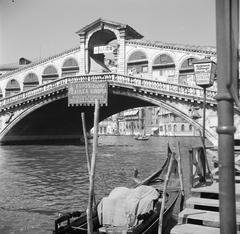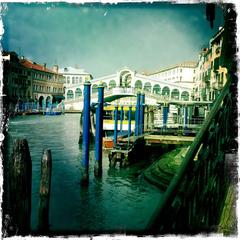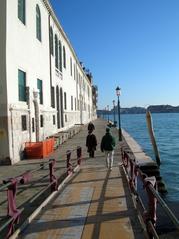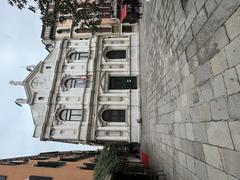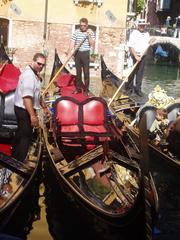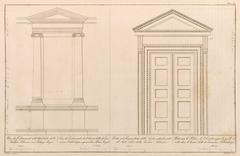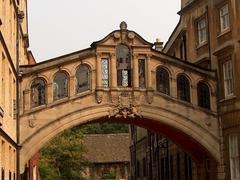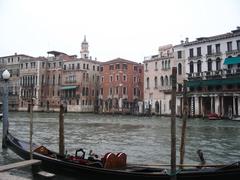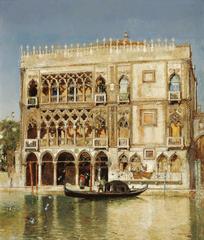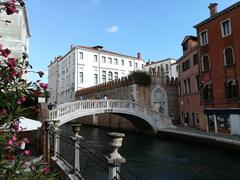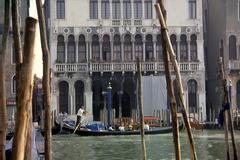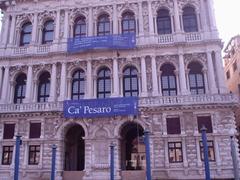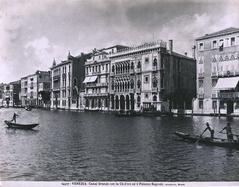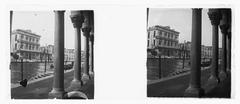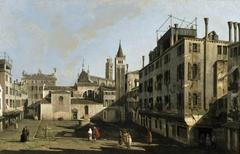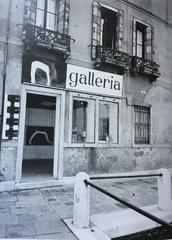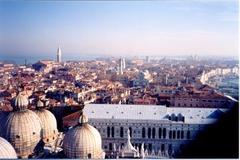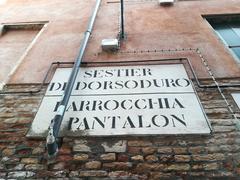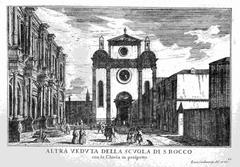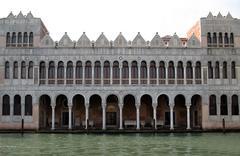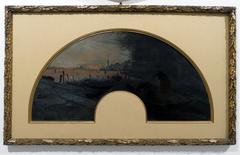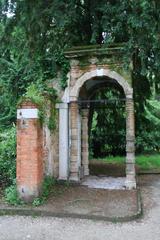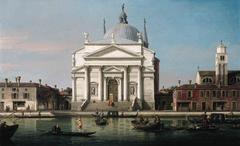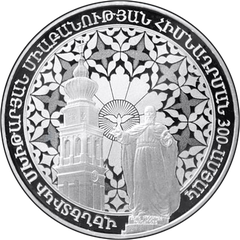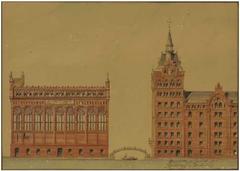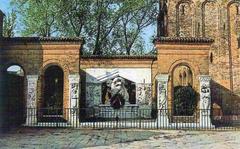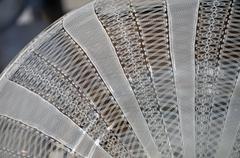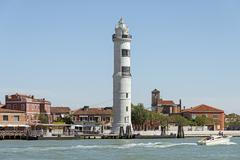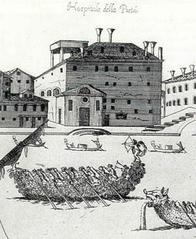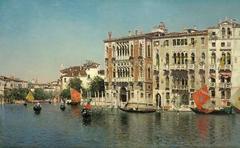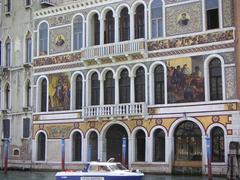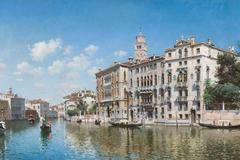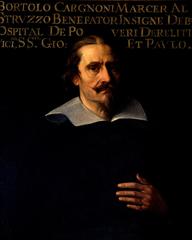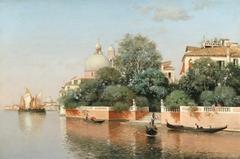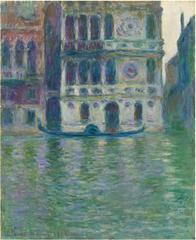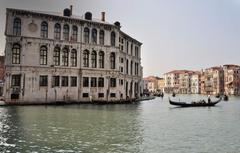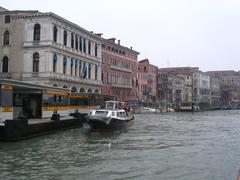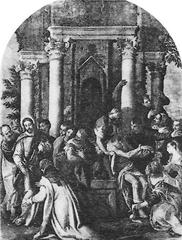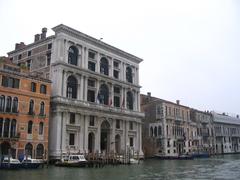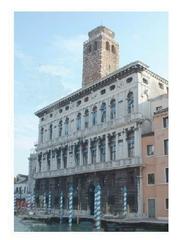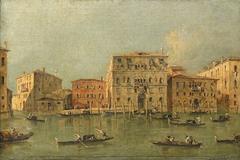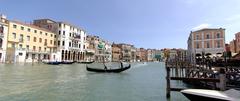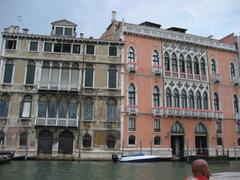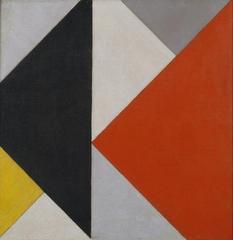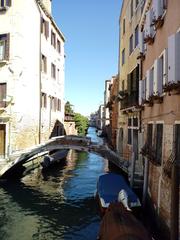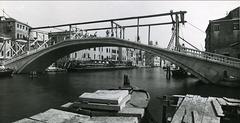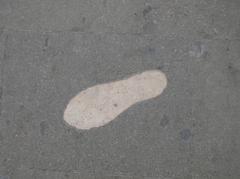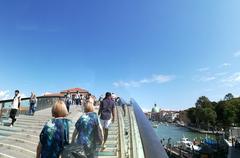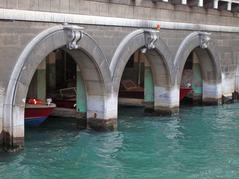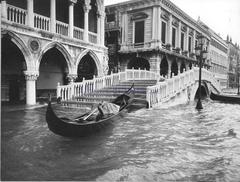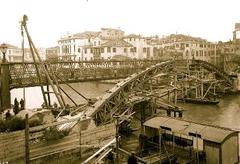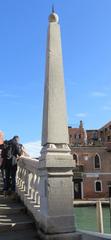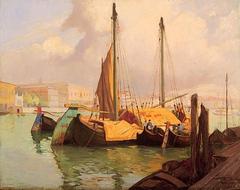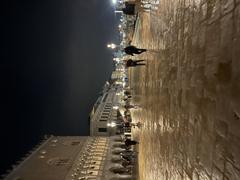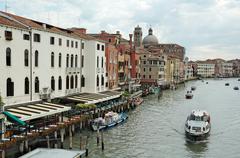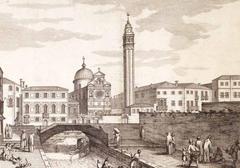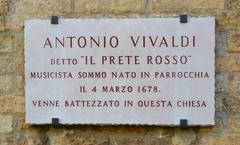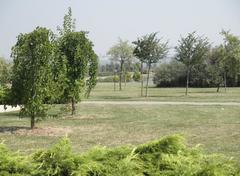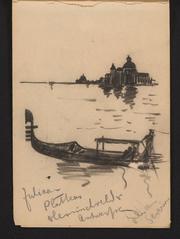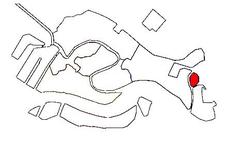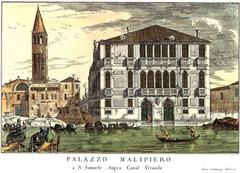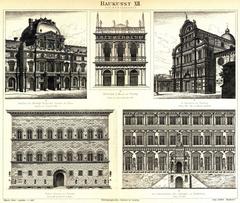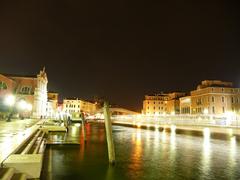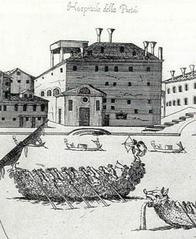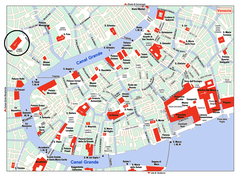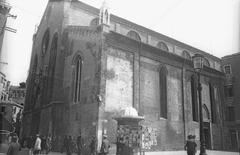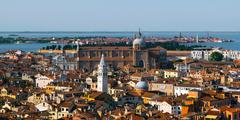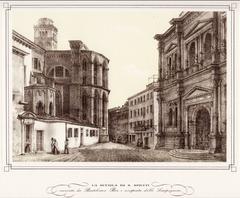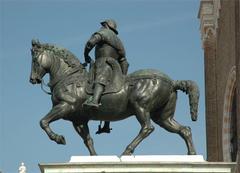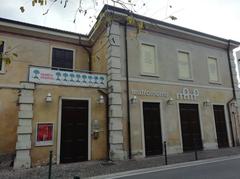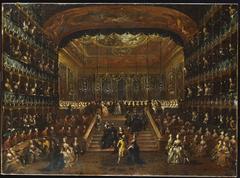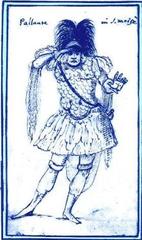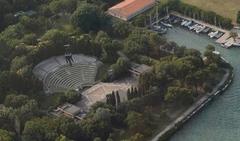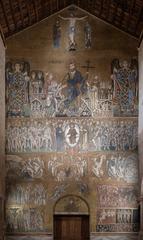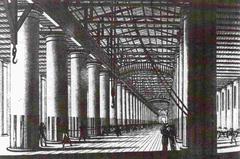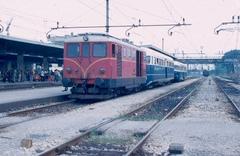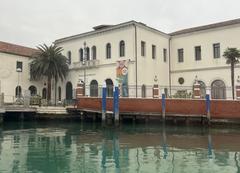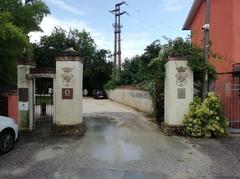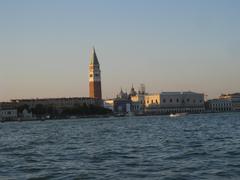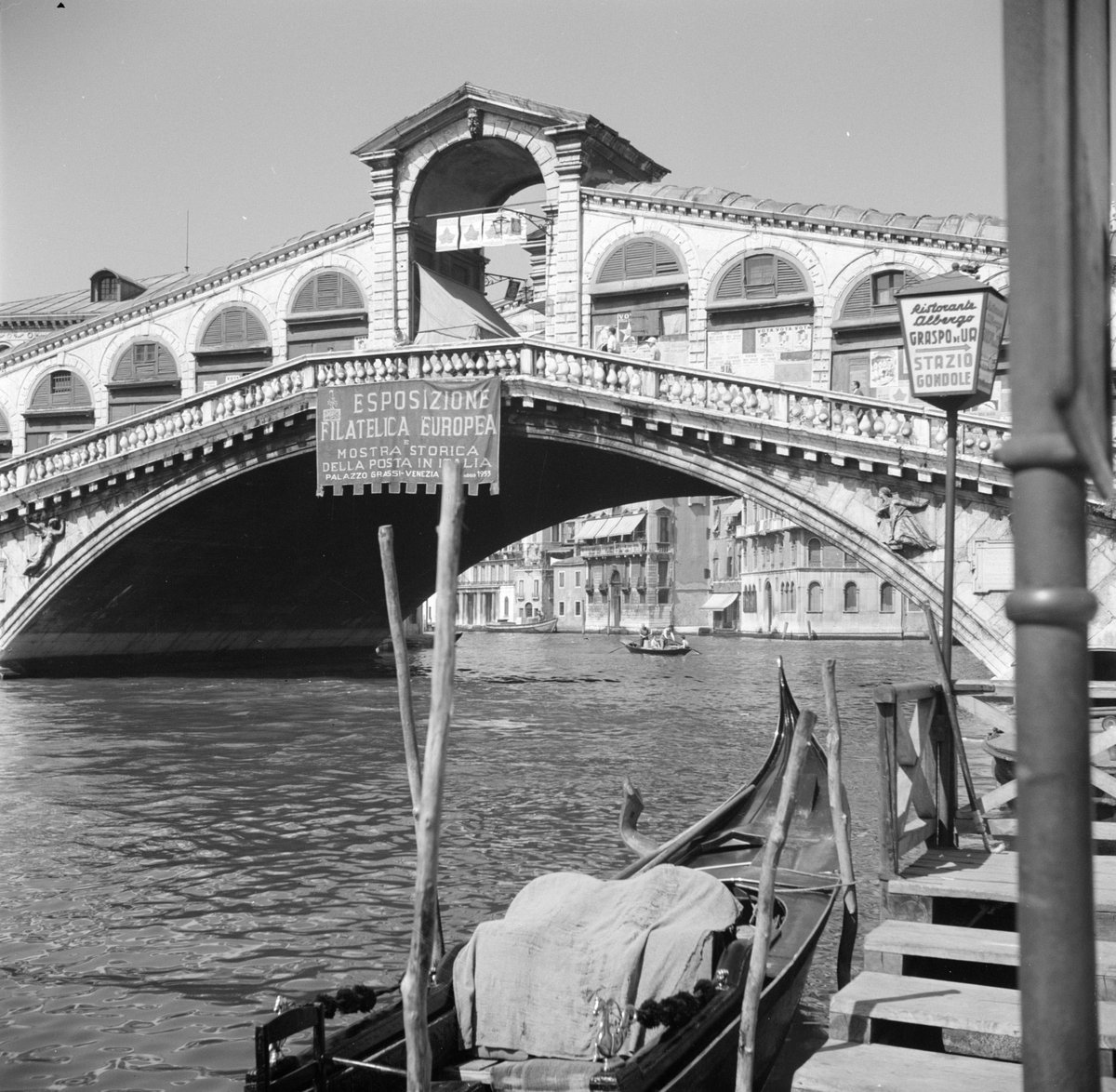
Comprehensive Guide to Visiting Ponte di Rialto, Venice, Italy
Date: 15/07/2024
Introduction
The Ponte di Rialto, or Rialto Bridge, is one of Venice’s most iconic landmarks. Originally conceived in the 12th century as a simple pontoon bridge, it has evolved into a symbol of Venice’s enduring significance as a commercial and cultural hub. Designed by Antonio da Ponte and completed in 1591, the bridge is a testament to Venetian resilience and ingenuity (Lonely Planet). This guide offers a detailed history of the bridge, practical visitor information, and tips to make the most of your visit, whether you are a history enthusiast, an architecture aficionado, or a casual traveler.
Table of Contents
- Introduction
- Early Beginnings - The Pontoon Bridge
- Transition to a Wooden Bridge
- The Collapse and Rebuilding
- The Stone Bridge - A New Era
- Architectural Marvel
- Commercial Hub
- Restoration and Preservation
- Modern-Day Significance
- Visitor Information
- Nearby Attractions
- Travel Tips
- FAQ
- Conclusion
- Call to Action
Early Beginnings - The Pontoon Bridge
The history of the Ponte di Rialto dates back to the 12th century when the first bridge was constructed as a pontoon bridge. Known as the Ponte della Moneta, it was built by Nicolò Barattieri in 1181 (Wikipedia). The name likely originated from the nearby mint or the toll that was collected for crossing the bridge.
Transition to a Wooden Bridge
As Venice’s importance as a commercial hub grew, the need for a more robust structure became evident. In 1255, the pontoon bridge was replaced by a wooden bridge featuring two inclined ramps meeting at a movable central section to allow the passage of tall ships (Venice Insider Guide). The wooden bridge quickly became a vital link between the districts of San Marco and San Polo, facilitating the movement of goods and people.
The Collapse and Rebuilding
The wooden bridge faced several challenges, including multiple damages and a collapse in 1444 under the weight of a large crowd gathered to watch a parade (History Hit). Despite these setbacks, the bridge was repeatedly rebuilt, underscoring its importance to the city’s infrastructure.
The Stone Bridge - A New Era
By the 16th century, the Venetian authorities decided that a more permanent solution was necessary. In 1503, the idea of constructing a stone bridge was first proposed, but it wasn’t until 1588 that construction began. The design competition for the new bridge attracted many renowned architects, including Michelangelo. However, the commission was awarded to Antonio da Ponte, whose design was completed in 1591 (Wikipedia).
Architectural Marvel
Antonio da Ponte’s design was both innovative and functional. The stone bridge featured a single span with two inclined ramps leading up to a central portico. The bridge was adorned with stone reliefs depicting St. Mark and St. Theodore on the north side and the Annunciation on the south side (Lonely Planet). Despite predictions of its future ruin, the bridge has defied its critics and stands as one of the architectural icons of Venice.
Commercial Hub
During the 16th and 17th centuries, the Rialto Bridge became an important commercial and financial center in Venice. It was lined with shops and market stalls, making it a bustling hub of activity. The bridge served as the only fixed structure crossing the Grand Canal until the 1850s, with pedestrian crossings at other locations being done by gondola ferries (History Hit).
Restoration and Preservation
In recent decades, the bridge has faced new threats from pollution, overtourism, and rising sea levels. Efforts are ongoing to monitor and preserve the historic structure, including a major restoration project completed in 2001 (History Tools). The bridge remains one of Venice’s most popular tourist attractions, with an estimated 15 million visitors per year.
Modern-Day Significance
Today, the Rialto Bridge is not only a vital pedestrian link but also a symbol of Venice’s rich history and architectural prowess. It continues to attract millions of visitors who come to walk across its iconic arch, browse the shops selling Murano glass and souvenirs, and take in the stunning views of the Grand Canal (TripSavvy).
Visitor Information
- Visiting Hours: The Ponte di Rialto is open 24/7, but the shops on the bridge generally open from 9 AM to 7 PM.
- Tickets: There is no fee to visit the Ponte di Rialto.
- Accessibility: The bridge has several steps and may be challenging for those with mobility issues. However, nearby areas are accessible via vaporetto (water bus).
Nearby Attractions
- Rialto Market: A bustling market offering fresh produce, seafood, and local delicacies.
- San Giacomo di Rialto: The oldest church in Venice, located just steps from the bridge.
- Grand Canal: Enjoy a gondola ride or a vaporetto tour to see Venice from the water.
Travel Tips
For those planning to visit the Rialto Bridge, it is advisable to go early in the morning or late in the evening to avoid the crowds. The bridge offers some of the best views of the Grand Canal, especially at sunset. Additionally, exploring the nearby Rialto Market provides a fascinating glimpse into local life and the vibrant commercial activity that has characterized the area for centuries (Venice Insider Guide).
FAQ
Q: What are the visiting hours for Ponte di Rialto?
A: The Ponte di Rialto is open 24/7.
Q: How much do tickets to Ponte di Rialto cost?
A: There is no fee to visit the Ponte di Rialto.
Q: Is the Ponte di Rialto accessible for visitors with mobility issues?
A: The bridge has several steps, which may be challenging for those with mobility issues. Nearby areas are accessible via vaporetto (water bus).
Conclusion
The Ponte di Rialto stands as a testament to Venice’s enduring beauty, ingenuity, and resilience. Its history, from a simple pontoon bridge to a grand stone structure, reflects the city’s evolution and its importance as a commercial and cultural hub. As one of Venice’s most iconic landmarks, the Rialto Bridge continues to captivate visitors with its architectural elegance and historical significance. Don’t miss the chance to explore this magnificent structure and the vibrant area surrounding it.
Call to Action
For more detailed guides and updates, download our mobile app Audiala, check out other related posts, or follow us on social media for more updates.
References
- Wikipedia, 2024, Rialto Bridge
- Venice Insider Guide, 2024, History of Rialto Bridge in Venice
- History Hit, 2024, The Rialto Bridge
- Lonely Planet, 2024, Ponte di Rialto
- TripSavvy, 2024, Rialto Bridge Information
- History Tools, 2024, Discovering the Iconic Rialto Bridge
- Rossi Writes, 2024, Rialto Bridge
- Live the World, 2024, Ponte di Rialto
- Fascination Venice, 2024, Rialto Bridge
- Visit Italy, 2024, Ponte di Rialto Venice
- Cestee, 2024, Ponte di Rialto
- Her Nomad Eyes, 2024, 2-Day Itinerary for Venice, Italy
